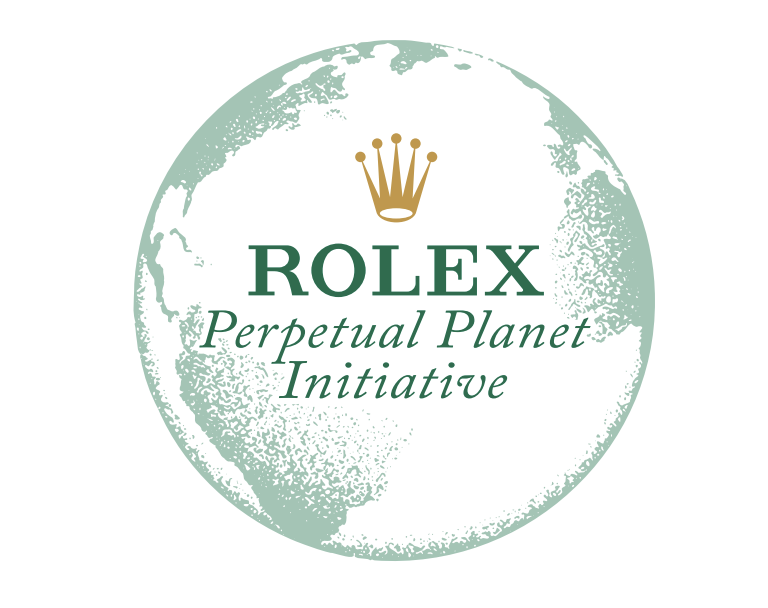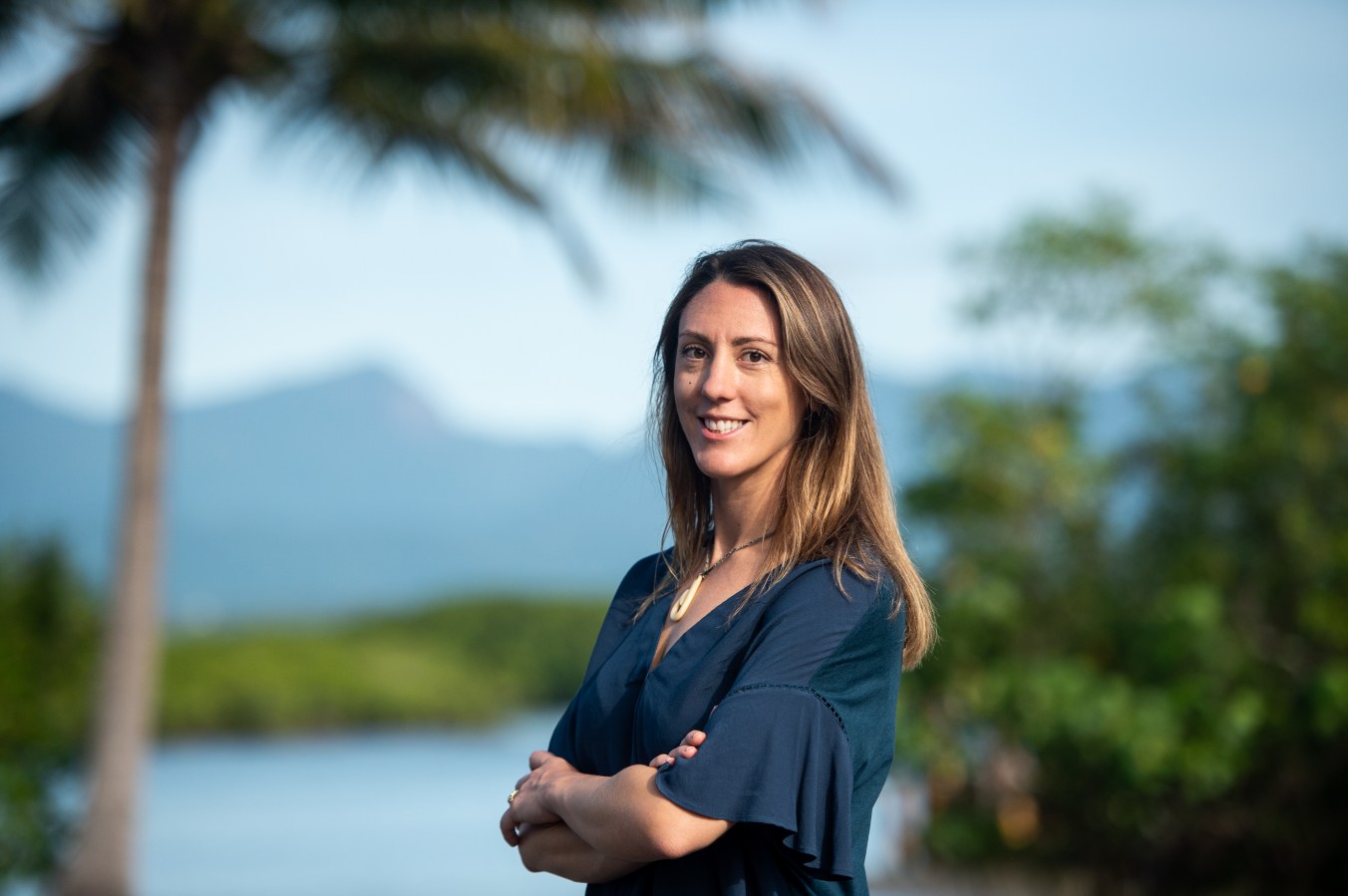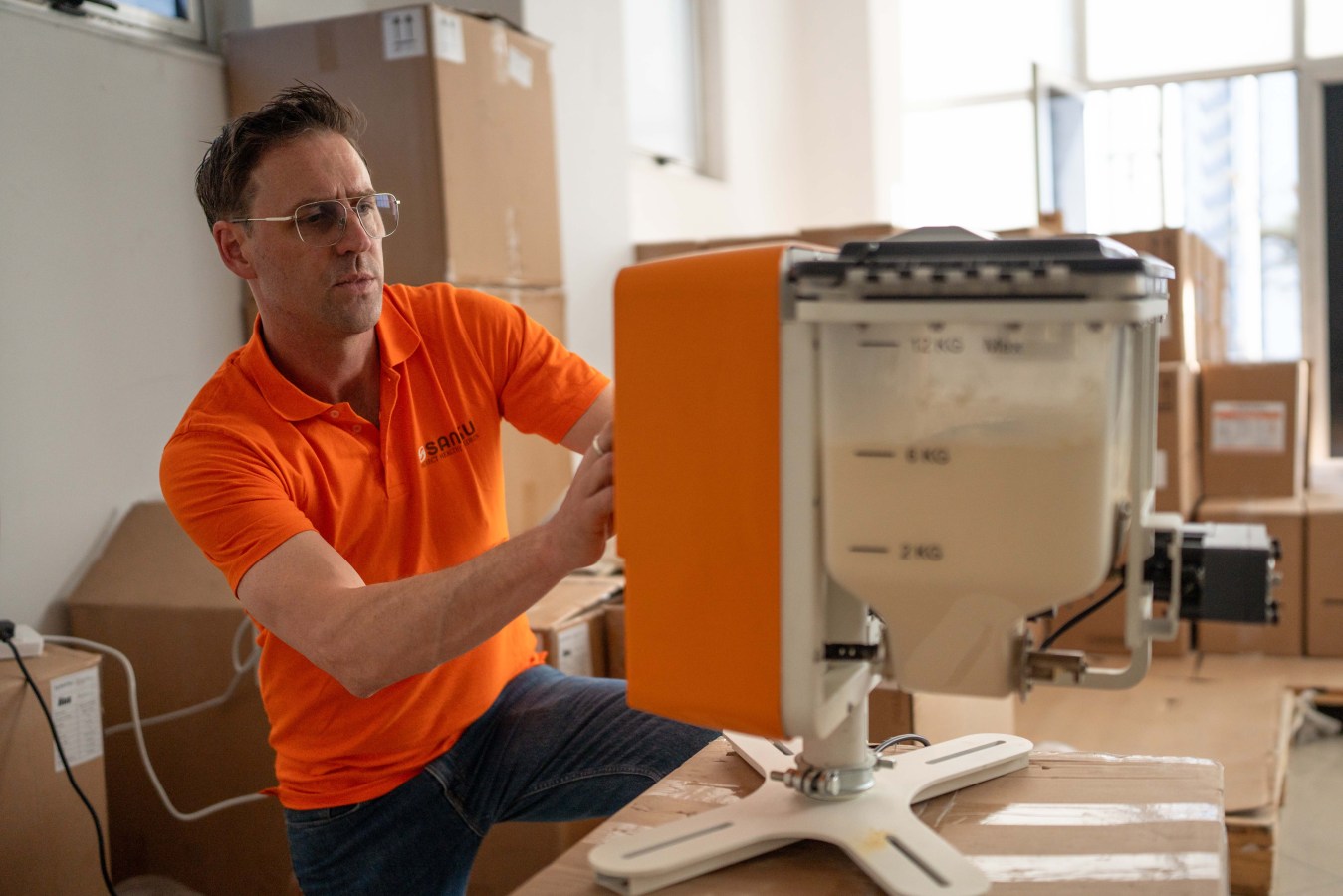The Brisbane-based inventor and Rolex Laureate behind Vaxxas and WearOptimo is betting on skin as the future of medicine.
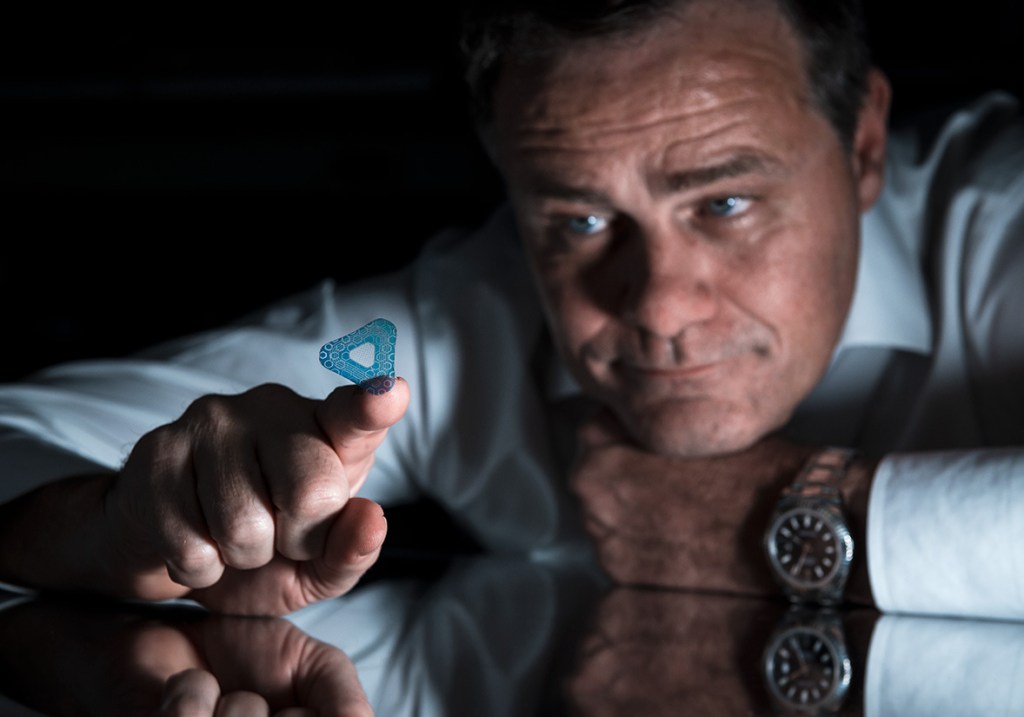
Mark Kendall has moments “where things sort of stand still”. There is absolute lucidity and, “click”, he sees things.
It’s a process that has seen the Brisbane biomedical engineer take out more than 160 patents, – and earning support from Rolex, which awarded him the prestigious Rolex Award in 2012. That recognition helped take his work global, attracting further backing from the Bill & Melinda Gates Foundation and the World Health Organisation.
He had one such moment of clarity in the early 2000s while doing a mountain ultramarathon in Scotland. “Over those two days of extreme pain and losing five kilos going up and down about ten mountains, that’s where it all started clicking,” he tells Forbes Australia. “It’s like a meditative state where suddenly you can just see the invention, then go through the thought process: ‘I do this, then do this and this’, and you see it. ‘Oh! This is going to be huge.’”
He returned to Australia in 2006 with that idea – for microscopic projections on a patch – and, in 2011, founded the company Vaxxas, whose needle-free vaccine technology is now progressing through multiple clinical trials.
After stepping aside from Vaxxas in 2015 for a sabbatical at Harvard under Moderna founder Bob Langer, things clicked again. He saw the just-launched Apple Watch and Whoop band. “And I thought, ‘This is huge. I can see the next generation of wearables and personalised medicine coming, and they’re going to need to gain access to signals that these guys will never be able to reach.’”
“Suddenly, you could see it. Click! You have that moment of just complete lucidity. You think, ‘This is huge. I’ve got to go after this, and here are the reasons why’.”
Mark Kendall
The idea was that instead of using microscopically small projections on a patch to put something into the skin like he’d done at Vaxxas, he’d design very different mini-electrode ‘spikes’ to take data out – the sort of data that Whoop and Apple could only dream of reaching with their light-based systems.
He returned to Brisbane to build it, founding the company WearOptimo.
Launching rockets
His PhD at the University of Queensland had been in “hypervelocity aerodynamics” – helping develop one of the world’s fastest wind tunnels, 42 times the speed of sound, to study how a Mars landing vehicle might slow down upon reaching the red planet.
He imagined that his career would be in the US, working on rockets, when British academic Professor Brian Bellhouse changed his life with a two-minute conversation.
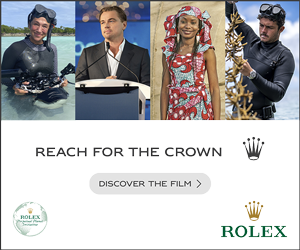
“I met him at a conference, and he said, ‘I’ve got this idea to use rockets to fire vaccines into the skin. Would you like to come and work with me?’ I said, ‘That sounds really interesting. Where are you doing this?’ And he said ‘Oxford University’. So the other question I had was, ‘Will I get a chance to row, as in the crew?’ And he said, ‘If you’re good enough.’ And that was it.”
“Brian was a highly entrepreneurial professor, so I learned a lot from him and others … how to patent, how to take things forward, how to work in interdisciplinary teams … excellence, and just going after things.”
Bellhouse’s company, PowderJect Pharmaceuticals, became Oxford’s most successful biomedical spin-off at the time, says Kendall. “I worked very closely with those guys and contributed with 59 patents in the space … and the PowerJect technology was proven to work in key health applications.
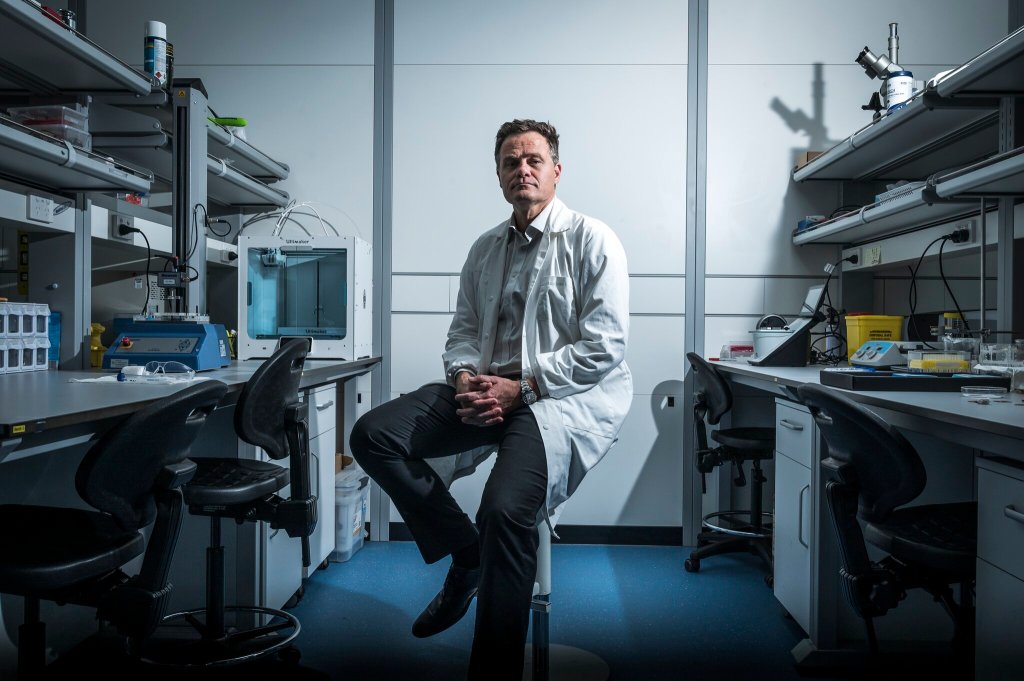
“Around then Bill Gates had put out a call for better vaccines for the developing world. He’d just formed his foundation with Melinda in 2000. That really resonated with me. I tried to make the gene gun – the rocket – work to meet this call. It wouldn’t for a whole bunch of reasons and I was distraught. When you’re an inventor, it’s like having a child.”
Bored at a conference one day, he started doodling ideas that soon came into clarity during the Scottish ultramarathon.
He was encouraged by HPV vaccine co-inventor Professor Ian Frazer to return to Brisbane in 2006, as a Professor of Biomedical Engineering at The University of Queensland. This was helped by Premier Peter Beattie’s “Smart State” initiative to stem the brain drain.
“I entered Oxford as a rocket scientist. I left eight years later as a biomedical engineer and an entrepreneur,” says Kendall.
“I came up with an ultra-high density array of tiny, tiny spikes, thousands of them, that you coat vaccines to, and you place it against the skin and it gets it to these cells in the skin. And that makes the vaccines work much better than it would in muscle … It turns out that the skin is the sweet spot, immunologically. That’s where you should be putting vaccines … And because the vaccine’s in dry form, it doesn’t need refrigeration.”
He uses the analogy of Hadrian’s Wall. If your object is to provoke the Roman legions of the immune system, it’s best to do so at the wall where they are stationed, rather than land in a paddock miles behind them, where the soldiers don’t even notice you.
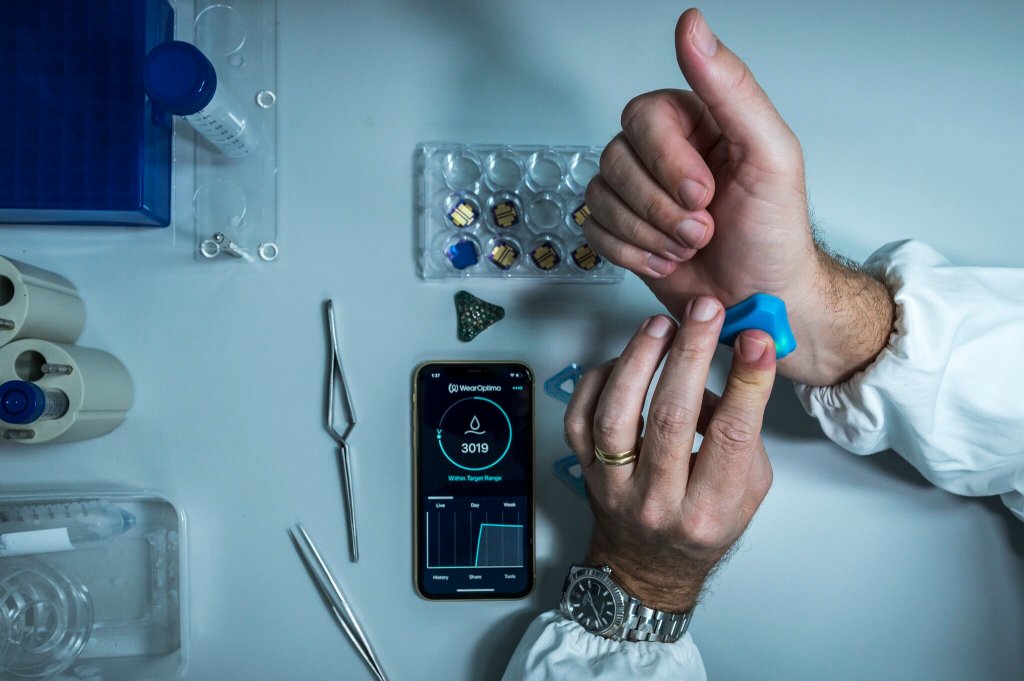
In 2011, the patch worked – vaccines were being delivered more efficiently through the skin – and Vaxxas was born. Kendall founded the company almost instinctively, continuing to balance his company activities with his research at the University of Queensland.
Many told him the idea couldn’t scale in Australia. He refused to take it offshore, determined to prove that world-class biotech could be built locally. After months of pitching, he secured the backing needed to move from concept to clinical reality, marking a rare Australian breakthrough in vaccine delivery.
Vaxxas went on to show that a vaccine patch could not only simplify global immunisation but remove cold storage and needle waste altogether – outcomes that would change access to medicine in low-resource settings.
Rolex Awards
In 2012, Kendall gained crucial support when he won a Rolex Award which enabled him to take the Nanopatch to Papua New Guinea and test it in real-world conditions. The fieldwork proved the patch’s potential in remote communities where traditional vaccination methods were impractical. That brought his work to the attention of the Bill & Melinda Gates Foundation, the World Health Organization and Merck, which all came on board with Vaxxas.
“That Rolex award had a huge impact here too because it’s an award for enterprise, and it helped me think about ways of being braver, to actually go all in, as opposed to what I did before, which was do academia and business at the same time.”
Mark Kendall
In 2015, Kendall hit a fork in the road.
“It was time for me to do the next thing. I’m still a shareholder at Vaxxas, but I’m not in the business anymore.”
At the time he left for Harvard, a family member had recently had a heart attack. Kendall had been the first family member to turn up at the hospital. “Given my background, you won’t be surprised that I had a few questions … and I was astonished by just how rudimentary things were. They literally didn’t have much of an idea at all. They’d take a blood draw and have to wait eight hours to get a result. Heart attacks are highly kinetic. Things are happening really quickly, so you don’t know what’s going on and I just couldn’t believe it.”
It got him thinking there had to be a better way. Aside from the wellness wearables like Whoop and Fitbit, continuous glucose monitors were also starting to make a mark.
“Like that mountain marathon thing, suddenly I could see it. Click. You have that moment of just complete lucidity.”
Instead of putting something into the skin with micro needles like he’d done at Vaxxas, he saw a very different type of patch that would take data out, as a sensor.
What to measure?
There were many biological markers such a device sensor could target. Kendall figured out early that by measuring a protein called troponin, his device would be able to detect a heart attack early, conceptually even before the person knew a heart attack was underway. Further, by measuring an immune protein called IL-6, it could monitor the now-famous “cytokine storm”, important in conditions like sepsis.
“We have proof of concept in those areas, and our powerful, sensor platform is also deployable to many other areas, such as next generation glucose monitoring – without needles. But that’s not where we’ve started,” says Kendall.
One of WearOptimo’s medical advisors mentioned that hydration could be a big application. Kendall started looking at it. Click!
There was a huge unmet medical need for hydration monitoring. Half of all Americans were said to be at least mildly dehydrated, shortening life expectancy and affecting productivity. For athletes, miners and military personnel, dehydration wasn’t a comfort issue – it was a safety risk.
WearOptimo’s hydration sensor – “the only wearable on the planet that genuinely monitors hydration” – in the first human trial has achieved initial proof of concept – already outperforming the clinical gold standard of blood draws. The results caught global attention and led to deeper collaboration with Rolex through its Perpetual Planet Initiative, which supports explorers, scientists and organizations creating practical solutions to global challenges.
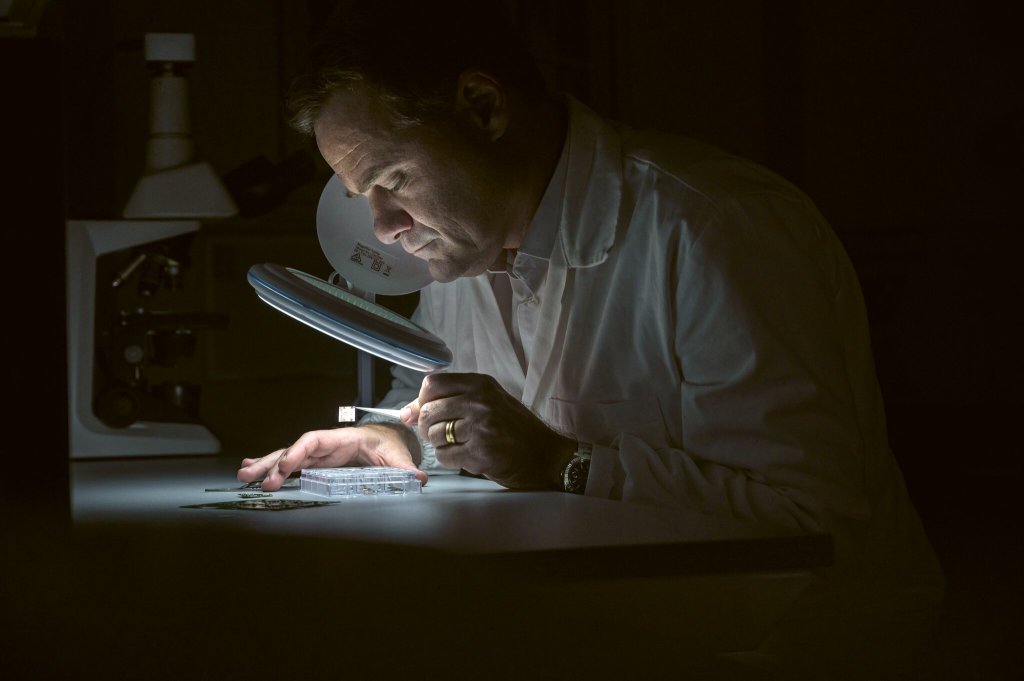
Rather than chasing the consumer market straight away, Kendall focused on where the technology could save lives and drive change. Mining, defence and elite sport became early partners, The data from those first applications, he says, will lay the groundwork for tackling huge medical problems caused by poorly managed hydration – including safer surgery. Down the line, the plan is to deploy the sensor to other critical medical conditions – like heart attacks and sepsis
While others race to build non-invasive glucose monitors, Kendall says he made a deliberate call to sidestep the crowded market. “We could do glucose,” he says. “We know what’s needed. But right now we’d be stuck in pre-clinical trials. Instead, we already have human proof of concept in hydration, and and are building a business.”
WearOptimo Investors include Aspen Medical, the Australian National University, several family offices and former Formula One world champion, and Rolex Testimonee, Mark Webber.
Manufacturing has been a key breakthrough: the team adapted nanolithography techniques from flat-screen TVs to build its own micro-electro-mechanical systems foundry in Brisbane – Australia’s first in a decade – capable of producing 30 million wearable sensors a year, at under 10 cents apiece.
It’s capital efficient, IP-rich, and wholly based in Australia – something Kendall is proud of. “People told me I couldn’t build this here. That I had to go to the US. I said, we’ll just work harder.”
At 53, he still holds a strong founder’s stake and a stronger belief.
“What we’re doing right now is bigger than anything else I’ve worked on. And I’ve worked on a few things.”
Mark Kendall
Learn more at https://www.rolex.com/perpetual-initiatives/perpetual-planet
This article is part of Forbes Australia’s editorial partnership with Rolex through the Perpetual Planet Initiative, which supports scientists and explorers finding real-world solutions to Earth’s most pressing challenges.
